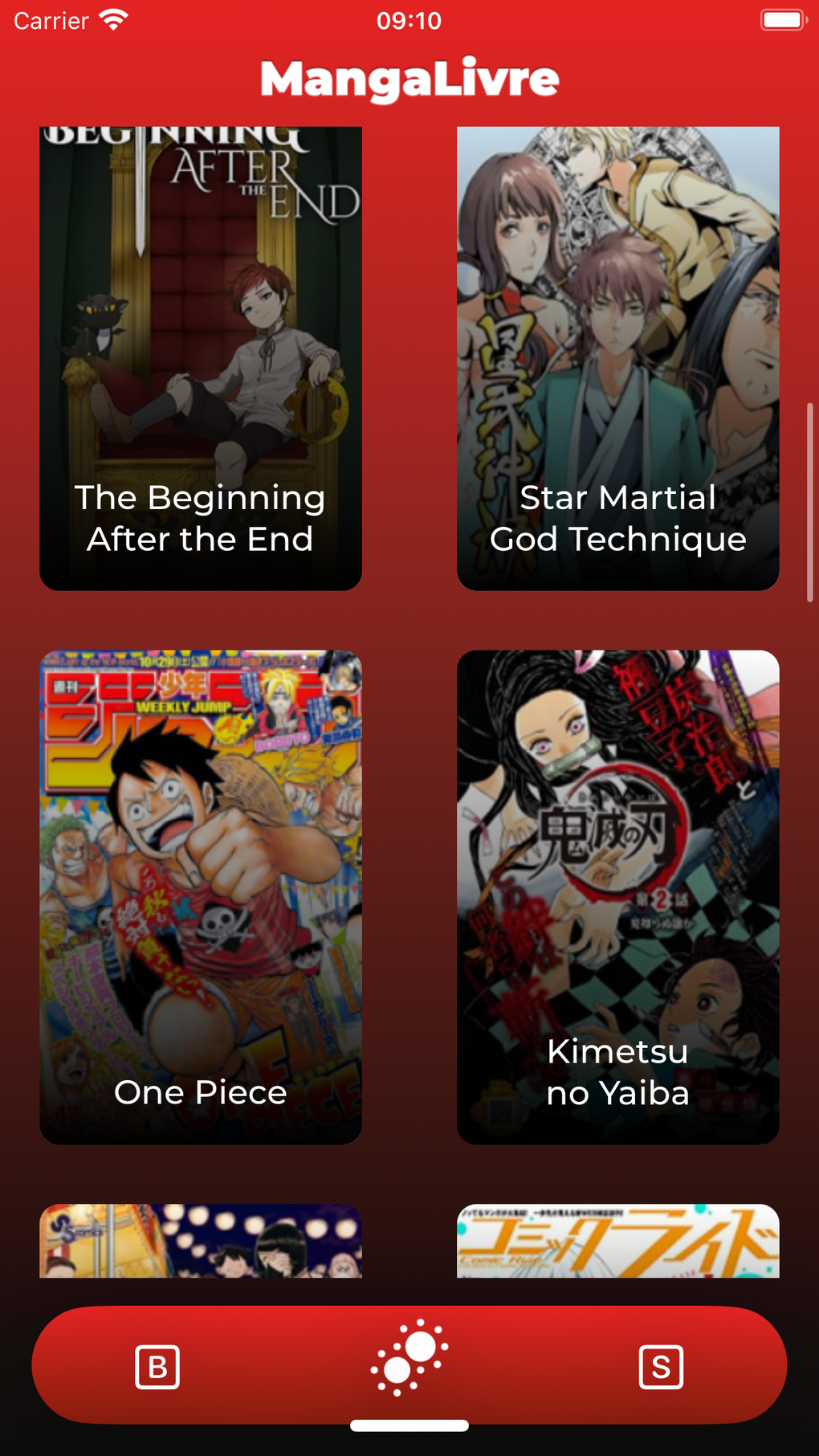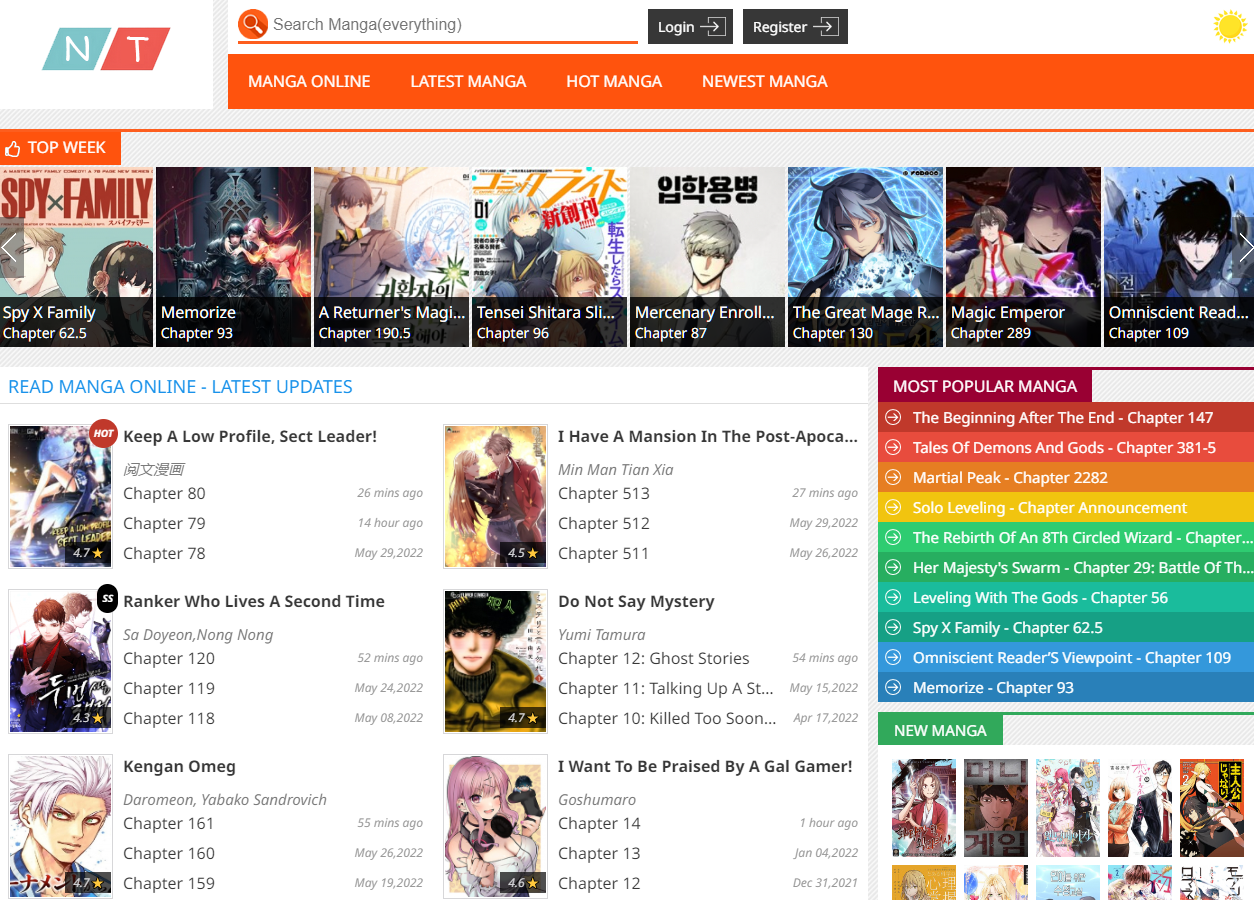🌟 Dịch Vụ Chất Lượng Cao 🌟
✓ 301 Redirect: Chuyển hướng domain an toàn, giữ nguyên giá trị SEO
✓ Guest Post: Đăng bài chất lượng trên các website uy tín
✓ Hỗ trợ tư vấn 24/7
✓ Báo giá cạnh tranh
✓ Thời gian xử lý nhanh chóng
📱 Liên hệ ngay qua Telegram: @subdomaingov
⚡ Hỗ trợ tư vấn miễn phí
manganato
₫5.554.238
manganato -: Read High-Quality Manga Chapters for Free
Product description
, we gain a greater appreciation for the depth and complexity woven into every page, reminding us that through art and story, we can connect with one another across time and space.
Read Full: Yes Ka No Ka Hanbun Ka
that will provide insights into the intricate world of manga. Understanding the essence of manga requires more than just casual reading; it involves a deep exploration of themes, character development, and artistic expression that make this genre unique. Join us as we embark on a journey through the multifaceted layers of manga storytelling.
The Evolution of Manga: From Origins to Modern Trends
The history of manga is rich and fascinating, tracing back to ancient Japan where early forms of visual storytelling began to emerge.
Historical Roots of Manga
The roots of manga can be found in ukiyo-e, traditional woodblock prints that depicted scenes from everyday life, folklore, and landscapes. These colorful prints served as a precursor to modern manga, allowing artists to communicate stories without the need for extensive text.
During the Edo period (1603-1868), artists like Katsushika Hokusai started creating illustrated narratives. Hokusai’s work featured characters and humor that are reminiscent of what we see in contemporary manga. This period laid the groundwork for the storytelling techniques and art styles that would later flourish in the 20th century.
Post-War Boom and Global Impact
Following World War II, manga experienced tremendous growth, driven by the works of influential creators such as Osamu Tezuka, often referred to as the "God of Manga." Tezuka revolutionized the medium by introducing cinematic storytelling techniques and dynamic character expressions. His seminal work, "Astro Boy," set the stage for the popularity of manga both in Japan and internationally.
As manga became increasingly mainstream, it started to diversify into various genres—romance, horror, fantasy, and science fiction, catering to audiences of all ages. Today, manga is a global phenomenon, influencing anime, video games, and even fashion, with conventions dedicated to celebrating its impact on pop culture.
The Digital Age and Accessibility
The advent of the internet has further transformed the way manga is consumed. Online platforms allow readers worldwide to access an array of titles, sometimes simultaneously with their release in Japan. This accessibility has fostered a growing fandom outside of traditional borders, leading to a fusion of cultures reflected in new manga works.
Digital distribution also introduces innovative formats, such as webcomics and mobile reading apps, appealing to younger audiences who prefer convenience over physical copies. The future of manga seems bright, driven by advancements in technology and evolving reader preferences.
Key Themes and Archetypes in Manga Storytelling
Manga is distinguished by its ability to weave intricate narratives packed with emotional depth and relatable conflicts. Many stories revolve around common themes that resonate with readers.
Identity and Self-Discovery
One of the most prevalent themes in manga is the struggle for identity and the quest for self-discovery. Characters often grapple with questions about their purpose, motivation, and the society they inhabit.
Take the beloved series "Naruto" as an example. The titular character, Naruto Uzumaki, faces ostracization due to his status as a jinchuriki—a host for a powerful tailed beast. His journey towards acceptance and recognition propels the narrative forward, allowing readers to empathize with his struggles as they reflect on their own experiences of isolation or belonging.
This theme explores the universal notion of searching for one's place in the world, making it both timeless and relatable.
Friendship and Bonds
Friendship, loyalty, and camaraderie are central to many manga stories. Whether through whimsical adventures or intense battles, relationships between characters become the backbone of the plot.
In "One Piece," the bond among the Straw Hat Pirates exemplifies the importance of friendship in overcoming obstacles. Creator Eiichiro Oda masterfully showcases how each character contributes to the team dynamic while pursuing their individual dreams. This theme transcends cultural boundaries, highlighting the value of trust and unity in achieving collective goals.
Love and Relationships
Romantic entanglements are another cornerstone of manga storytelling. Love stories vary from lighthearted comedies to deeply emotional dramas, reflecting the complexities of human relationships.
Manga like "Your Lie in April" dives into the intricacies of love and loss, exploring themes of grief and redemption. Through beautifully crafted dialogues and poignant illustrations, readers are taken on an emotional rollercoaster. Such narratives provoke introspection, prompting readers to reflect on their relationships and personal growth.
Conflict and Resolution
Conflict serves as the driving force behind any compelling story. In manga, conflicts often arise from external challenges, internal dilemmas, or interpersonal tensions.
For instance, in "Attack on Titan," the struggle for survival against monstrous Titans encapsulates not only physical confrontations but also moral questions about humanity, freedom, and sacrifice. By presenting multi-layered conflicts, manga offers readers a dynamic experience that resonates on intellectual and emotional levels.
Artistry and Visual Storytelling in Manga
Manga is not only about captivating narratives but also about striking visuals that evoke emotions and bring stories to life. The artistry in manga plays a vital role in shaping the reader’s experience.
The Unique Art Style
Each manga artist develops a distinctive style, often characterized by exaggerated facial expressions, intricate backgrounds, and dynamic action sequences. This artistic flair allows creators to convey emotions effectively and immerse readers in the story's world.
For example, the minimalist yet expressive artwork of "Yotsuba&!" creates a sense of whimsy and charm, perfectly complementing the lighthearted nature of the narrative. Readers find themselves drawn into Yotsuba's delightful adventures, feeling her joy and curiosity through the art alone.
Panel Layout and Composition
The arrangement of panels and composition significantly impacts pacing and storytelling. Unlike conventional Western comics, manga is typically read from right to left, which influences how readers perceive the flow of action and dialogue.
Talented manga artists utilize varying panel sizes and placements to create suspense or emphasize important moments. For instance, a dramatic confrontation may involve a large splash page, while subtle interactions might be depicted in smaller, tightly packed panels. This artistic choice enhances the reader's engagement and emotional connection to the characters.
Symbolism and Iconography
Manga often employs symbolism and iconography to convey deeper meanings. Certain visual elements, such as cherry blossoms representing transience or the use of shadows to depict psychological turmoil, enrich the narrative.
In series like "Death Note," the Shinigami Ryuk's apple symbolizes temptation and the moral dilemmas faced by protagonist Light Yagami. The clever integration of symbolism invites readers to explore subtext and engage with the story on multiple levels.
The Role of Color
While many manga are traditionally black-and-white, colored editions and adaptations have emerged in recent years, enhancing the visual appeal. Coloring adds vibrancy and can evoke different atmospheres, encouraging readers to experience the story in new ways.
Colored manga adaptations, like "Demon Slayer," capture the intensity of battles with stunning hues and effects. The strategic use of color amplifies emotional impact and elevates the overall experience, making it irresistible to fans.
The Cultural Significance of Manga in Society
Manga holds a special place in Japanese culture and has implications that extend far beyond mere entertainment.
Reflection of Society and Norms
Manga often mirrors societal issues, providing commentary on contemporary culture, politics, and human behavior. It tackles topics like mental health, gender roles, and social injustice, offering insights into the complexities of modern life.
Series such as "My Dress-Up Darling" shed light on otaku culture and cosplay, navigating the nuances of acceptance and self-expression. By addressing these themes, manga fosters discussions that help normalize conversations around stigmatized subjects.
Education and Awareness
Manga serves as an educational tool, using storytelling to impart knowledge and raise awareness. Historical or biographical manga chronicles real events and figures, allowing readers to learn through compelling narratives.
For example, "Barefoot Gen," a semi-autobiographical manga, depicts the aftermath of the Hiroshima bombing from the perspective of a young boy. This poignant storytelling approach encourages readers to contemplate the horrors of war and the enduring human spirit.
Fostering Connection and Community
Manga has the power to create communities, bringing together people with shared interests and passions. Fans congregate at conventions, online forums, and social media platforms, discussing favorite series, sharing fan art, and participating in cosplays.
These interactions foster friendships and help build connections across cultural divides, uniting individuals through a shared appreciation for storytelling. Manga becomes a bridge between diverse backgrounds, cultivating a sense of belonging.
Influence on Other Mediums
The impact of manga extends beyond its pages, inspiring various forms of media, including anime, live-action adaptations, and video games. The fusion of these mediums amplifies the reach and allure of manga stories, broadening their audience.
Manga adaptations often introduce complex narratives and character arcs into animated form, capturing the hearts of fans who may not typically read manga. This cross-pollination keeps the medium relevant and ensures that its stories resonate with newer generations.
FAQs
What is the difference between manga and anime?
Manga refers to comic books or graphic novels originating from Japan, characterized by its unique art style and storytelling techniques. Anime, on the other hand, is the animated adaptation of manga or original content, created for television or film. While they share similar themes and art styles, manga is usually read, while anime is watched.
Can anyone create manga?
Yes! Anyone can create manga, but skillful storytelling and artistry require practice and dedication. Aspiring manga artists often study existing works, attend workshops, and develop their own unique styles before publishing.
Why is manga so popular worldwide?
Manga appeals to a broad audience because of its diverse genres, relatable characters, and compelling narratives. The art style and storytelling techniques also differentiate it from Western comics, making it an attractive format for readers.
How can I start reading manga?
To start reading manga, choose a genre or series that interests you. Many platforms offer digital versions, while local bookstores and libraries often carry printed copies. Explore recommendations from friends or online communities to discover hidden gems.
Are there specific age groups for different manga genres?
Yes, manga is categorized into several demographic genres, such as shonen (aimed at young males), shojo (aimed at young females), seinen (for adult men), and josei (for adult women). Each category reflects themes and styles suited to its intended audience.
Conclusion
Manga is more than just a form of entertainment; it represents a rich tapestry of storytelling that reflects societal values, personal struggles, and creative artistry. As we explored the evolution, themes, artistry, and cultural significance of this captivating genre, we uncovered the reasons why manga continues to enchant and inspire audiences worldwide. Embracing the Manga summary Exit
Manga Summary Exit - An In-Depth Exploration of the Genre's Allure and Complexity
In this article, we will delve into an engaging Manga summary Exit







